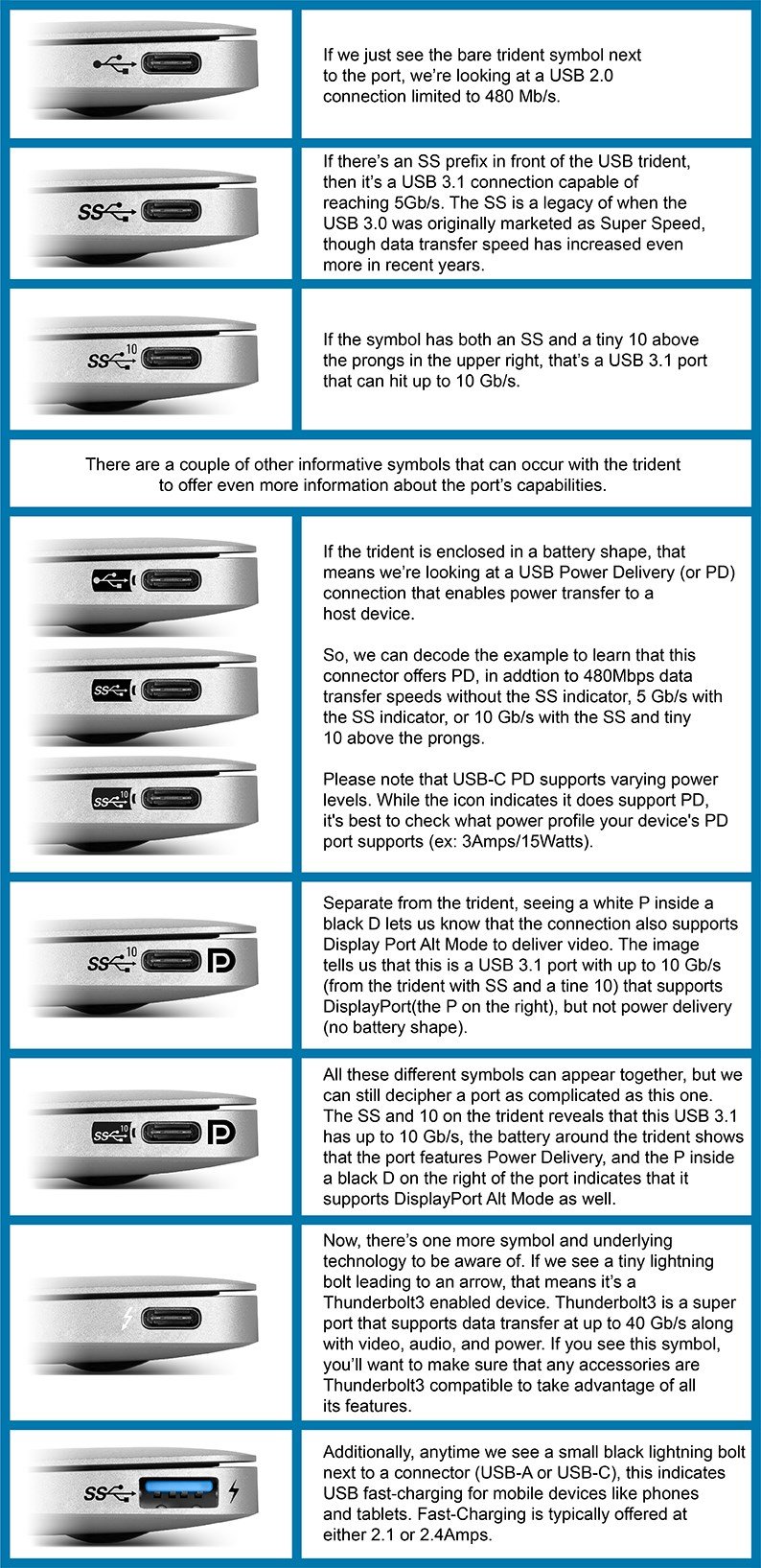this post was submitted on 09 Sep 2024
1594 points (97.4% liked)
Technology
69350 readers
3364 users here now
This is a most excellent place for technology news and articles.
Our Rules
- Follow the lemmy.world rules.
- Only tech related news or articles.
- Be excellent to each other!
- Mod approved content bots can post up to 10 articles per day.
- Threads asking for personal tech support may be deleted.
- Politics threads may be removed.
- No memes allowed as posts, OK to post as comments.
- Only approved bots from the list below, this includes using AI responses and summaries. To ask if your bot can be added please contact a mod.
- Check for duplicates before posting, duplicates may be removed
- Accounts 7 days and younger will have their posts automatically removed.
Approved Bots
founded 2 years ago
MODERATORS
you are viewing a single comment's thread
view the rest of the comments
view the rest of the comments

A small correction on USB PD...
It's not just USB PD that supports power delivery: Standard USB from way back in 1.0 also supports power delivery to devices as standard, but it's only up to 100mA in USB 1.0, 500mA in USB 2.0 and 900mA in USB 3.0, all at 5V.
USB PD is a dedicated power delivery USB protocol that supports much higher currents (up to 5A) as well as dynamically configured voltages (so, not fixed as 5V anymore) though it's all negotiated so your 5V-only phones isn't going to just get burned with 20V from a USB PD charger.
Since Power = Current * Voltage USB PD can put out quite a lot of power for supporting devices (the maximum depending on what both sides support), which means much faster transmission of power via USB which for example means faster charging of chargeable devices via USB with USB PD.
Anyways, the point being that even really old USB 1.0 can charge your device (just really really slow, though you'll be hard pressed to find anything that doesn't support at least USB 2.0 which can send 5x the current of 1.0 hence charge 5x faster than it), and that standard charging speed goes up with each new Standard USB generation since each has a higher maximum current than the previous one, so for example a standard USB 3.1 charger without USB PD support can still push a nice amount of power down the line to charge devices. It's just that with USB PD things really take off (though only up to a shared maximum that both sides support) and it can push enough power to support larger devices such as full-blown monitors or even charging notebooks.
Also PD extended range or something goes up to 48V 5A